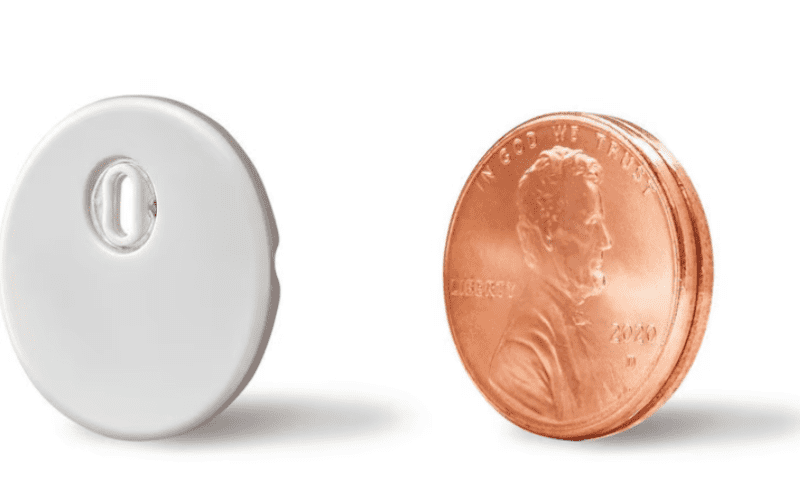Abbott’s FreeStyle Libre glucose sensor has already been proven to help people with both Type 1 and Type 2 diabetes better manage their blood sugar levels, and a new study demonstrates just how helpful those improvements can be for Type 2 patients in particular.
The FreeStyle Libre continuous glucose monitor (CGM) system revolves around a sensor that’s stuck to the back of the arm and that automatically sends around-the-clock glucose readings to a smartphone or Abbott monitoring device via Bluetooth. The slimmed-down third-generation iteration of the system was cleared by the FDA in May, two years after going live in Europe.
Results of the retrospective study were published in the Diabetes Technology & Therapeutics journal this week and presented Tuesday at the annual meeting of the European Association for the Study of Diabetes.
The study looked at hospitalization data for nearly 6,000 people with Type 2 diabetes who were on once-daily basal insulin therapy—a longer-acting, less intensive approach than bolus insulin, which is taken multiple times a day, typically before mealtimes, to stabilize blood sugar levels—and had used the FreeStyle Libre system for at least a year, as compiled by France’s national health claims database.
According to Abbott, after a year of using the FreeStyle Libre system, people with Type 2 diabetes saw their total number of hospitalizations for acute diabetes events drop by about two-thirds. That includes a 75% drop in admissions for diabetic ketoacidosis, in which glucose levels stay too high for too long, sending ketone levels to potentially life-threatening highs.
It was also linked to a 44% reduction in hospitalizations for severe hypoglycemia, a condition that becomes exponentially more common in Type 2 patients as they transition to basal insulin regimens.
“Moving from oral medications to insulin therapy can have a big impact on people with Type 2 diabetes, both mentally and physically. Although the switch is often necessary to manage glucose levels, it can be stressful to inject insulin, which comes with associated risks,” said Alexander Seibold, M.D., Ph.D., senior medical director in Abbott’s diabetes care division.
“Our goal is to make diabetes care easier, which is why we offer solutions where people can check their actual glucose values and trends anytime on their smartphone or reader,” Seibold continued. “This will help them catch rapidly changing glucose levels and allow them to make adjustments to their lifestyle or medications with much more confidence.”
In addition to those one-year results, the researchers found that the decreases in hospitalizations continued after a second year of using the CGM.
Altogether, the new findings match up with previous data showing how the FreeStyle Libre system could improve outcomes for people with Type 1 and Type 2 diabetes receiving multiple daily injections of insulin, which the researchers said indicates that the CGM can be effectively prescribed to all diabetes patients being treated with insulin.

